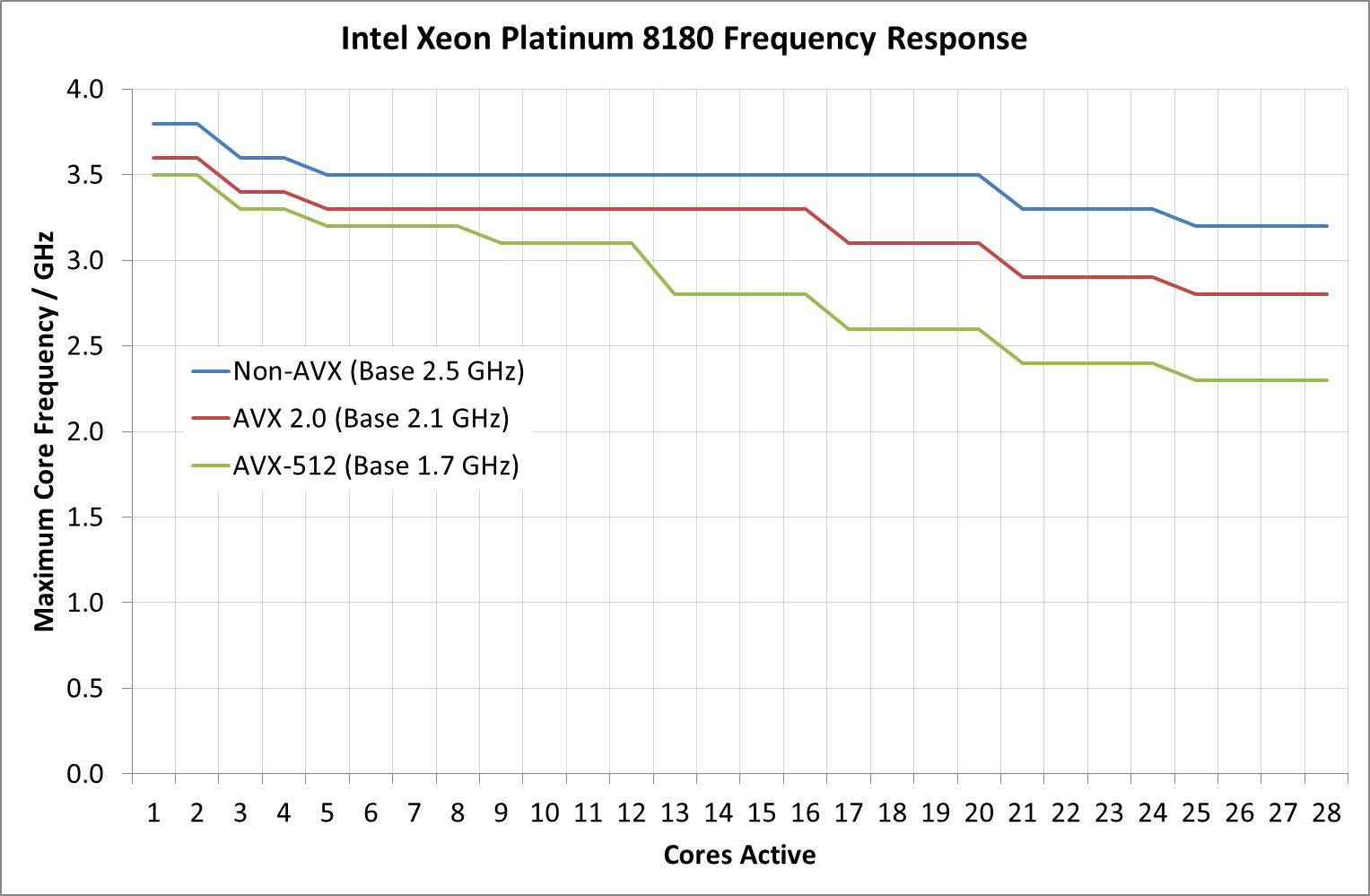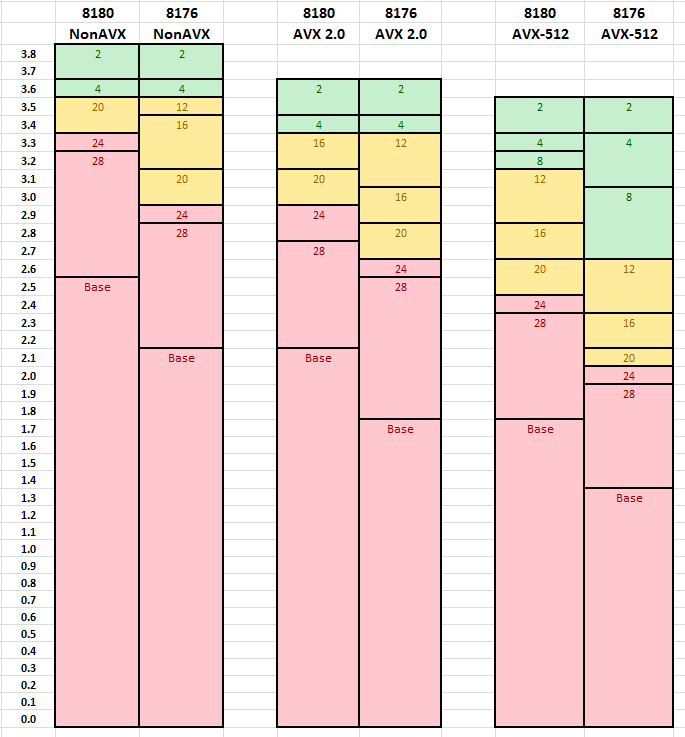iMacmatician
Regular
From KitGuru: "Intel readies 'Ice Lake' processors with integrated voltage regulator."
Intel Corp. has cancelled release of its code-named “Cannonlake” processors and will introduce “Kaby Lake” chips instead in 2016. Intel’s first 10nm central processing units will be code-named “Ice Lake” and will be available only in 2017. Moreover, “Ice Lake” CPUs will re-introduce fully-integrated voltage regulator (FIVR).




